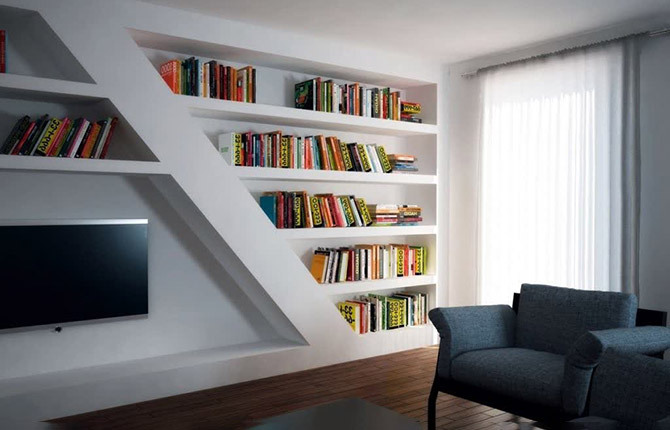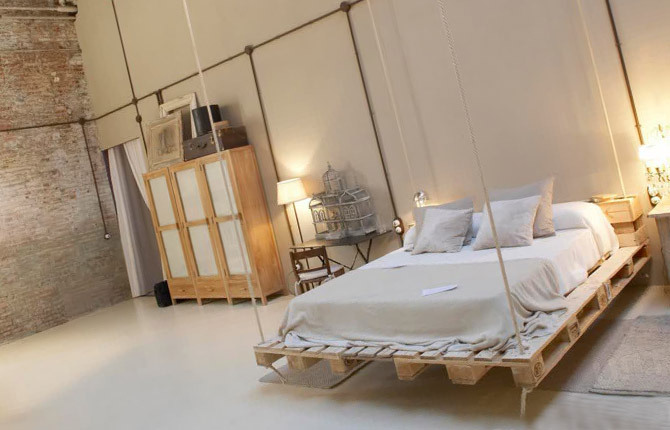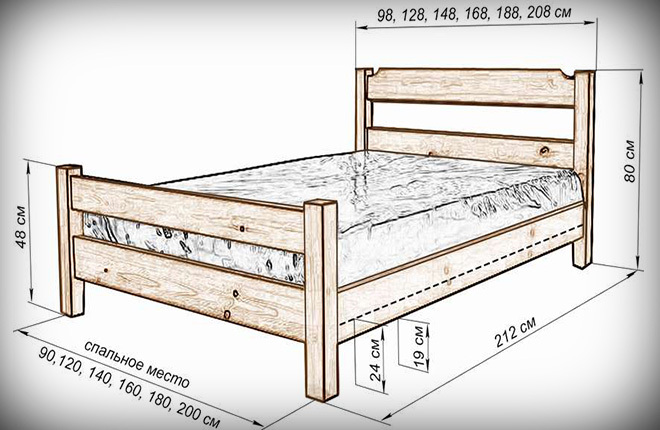Phenol is a poison, formaldehyde is a carcinogen, and the production of chipboard and MDF is impossible without phenol-formaldehyde resins. The trouble, comrades, is that furniture that is dangerous to health is settling in your house. Or not? Maybe everything is not as scary as they say, and you shouldn't panic?
What salt and chipboard have in common
The content of the article
- What salt and chipboard have in common
-
Danger! Natural wood!
- And there is nowhere to hide ...
- How to protect yourself from formaldehyde
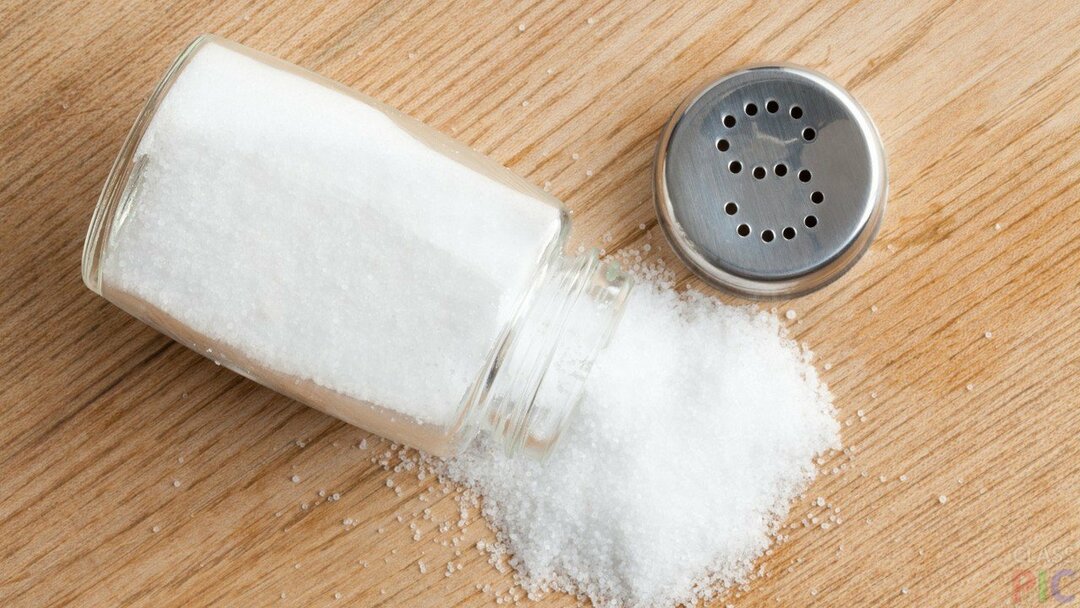
What happens if you combine two poisons, forming a new substance? That's right: a new substance with unique properties. A striking confirmation of this is kitchen table salt, ordinary sodium chloride.
Chlorine is a toxic asphyxiant gas. Pure sodium is flammable, and as a result of its violent reaction with water, a caustic alkali is formed. But the combination of these two substances - sodium chloride - plays an important role in human life. So important that people consume on average up to five kilograms of salt per year. At the same time, no one even thinks to compare it with chlorine or sodium - the properties are not the same.
Now let's get back to formaldehyde resins. This is also a completely new substance, which is made from poisonous, flammable and carcinogenic phenol and formaldehyde. Correctly cured resin is an absolutely harmless substance. The only danger is unreacted formaldehyde residues.
It should be borne in mind that most of this carcinogen escapes even during the production of plates that undergo high-temperature processing. Further, these products undergo certification, as a result of which the emission class (amount of emission) of formaldehyde is determined.
Well, the finishing stage of processing furniture chipboard and MDF is lamination - melamine coating film or special varnishes, which almost completely exclude the interaction of the board with the surrounding environment. That is, even those formaldehyde residues that are allowed by the standards are clogged inside the stove and practically do not evaporate into the atmosphere (except for the open ends of the furniture). But what happens if the coating is damaged?
Danger! Natural wood!
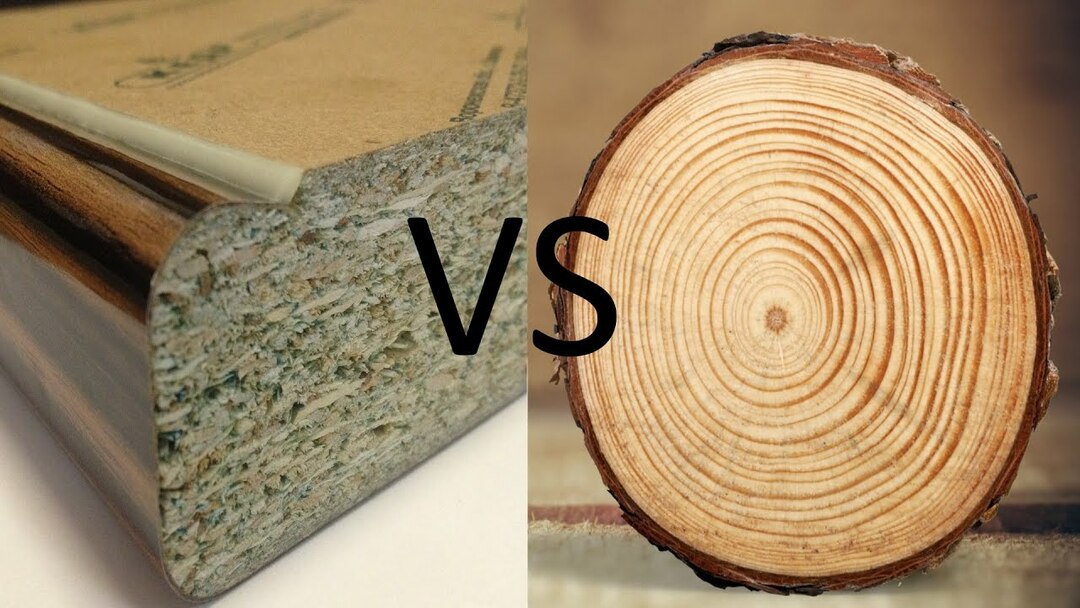
Let's go back to the standards. For the manufacture of furniture in living quarters, it is allowed to use chipboard and MDF of class E1 and E0, and these materials are allowed even for the manufacture of children's furniture. Class E2 is not recommended for the manufacture of household furniture and is not even produced in some countries.
What do these standards mean? They indicate how much formaldehyde is in the finished board:
- E0 - up to 5 mg per 100 g of dry plate;
- E1 - up to 10 mg per 100 g;
- E2 - from 10 to 30 mg per 100 g.
Sometimes you can find this format:
- E0 - up to 0.01 mg / m3;
- E1 - up to 0.125 mg / m3;
- E2 - from 0.125 to 1.25 mg / m3.
This is a record of test results, during which it is determined how much formaldehyde is emitted plate (or a product made of it), contained in one cubic meter in contact with the product air. When they talk about the dangers of chipboard or MDF, they rely on the second format for recording standards, because we do not eat these materials, but breathe their vapors.
And now attention is the focus! What is a healthy alternative to fibreboard? Natural wood? But you didn't guess: some wood species contain up to 12 mg of formaldehyde for every 100 g of material. And freshly cut oak in the process of drying "phonite" as much as 0.75 mg / m3 of formaldehyde. If this wood is heated to 40 ° C, then even dry material will release 0.5 mg / m3.
This is a full-fledged E2 emission class - an unaffordable luxury for furniture manufacturers.
Conclusion: Chipboard without coating, under equal conditions, can "fade" even less than fresh furniture made of natural wood. Well, how was the trick, was it successful? Then I suggest you enjoy one more.
And there is nowhere to hide ...

The maximum one-time maximum permissible concentration of formaldehyde in the air of populated areas, established by law, is 0.05 mg / m3. At rush hour, thanks to car exhaust, it can be exceeded by 1.5-2 times. The average daily MPC of air is 0.01 mg / m3, but due to smog in large cities this value is also exceeded.
Where to hide from the urban formaldehyde background? In the woods? And nothing that on a warm sunny day a pine forest (again the standard of purity) can please you with an eight-fold excess of the maximum permissible concentration? Although, in fairness, it should be noted that usually the air there is not so saturated with this substance. Especially after rain, which flushes the carcinogen out of the atmosphere, turning it into a breeding ground for plant roots.
How to protect yourself from formaldehyde
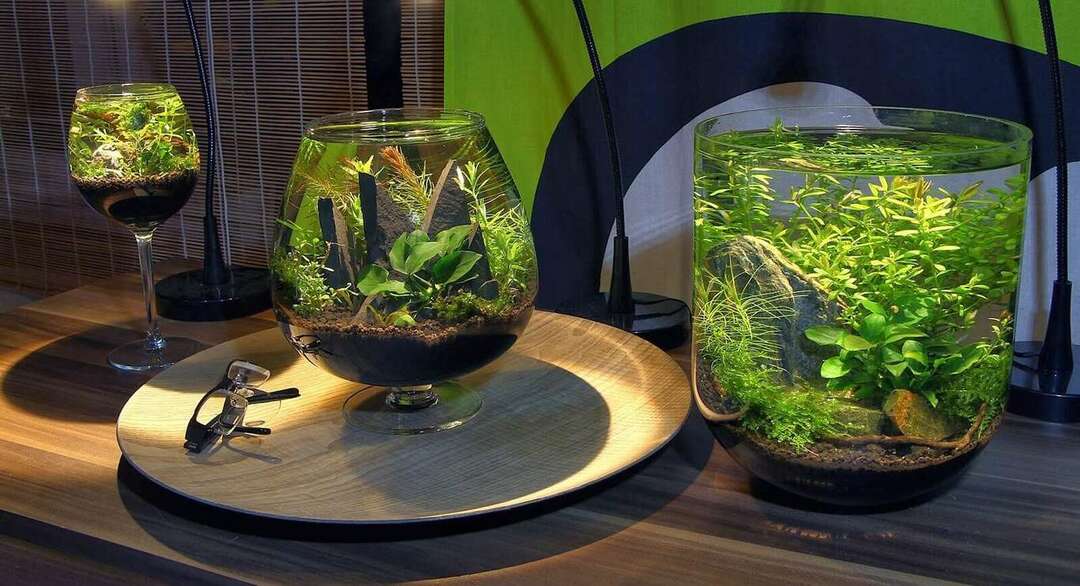
All of the above has only one purpose - to prove that one should not blindly believe propaganda. Animals in the forest do not die or mutate. Even the birds that live in the hollows of trees. And modern chipboard and MDF are somewhat safer than natural wood.
If this serves as little consolation, then additional measures can be taken to reduce the concentration of a carcinogen in an apartment with new furniture. The most effective ones are:
- regular ventilation;
- maintaining a comfortable temperature (at +20, the furniture will fade twice as weak as at +25, and the rule also applies to the next +5);
- control of the relative humidity of the air (with an increase from 30 to 70%, the intensity of formaldehyde release increases by about 40%);
- wet cleaning with thorough rinsing of the used rag in a large amount of water;
- indoor flowers, many of which are very successful in absorbing toxins from the air.
For those who are not sure of the effectiveness of the measures taken, it is recommended to competently use one of the properties of formaldehyde - good solubility in water. This feature of a carcinogen can be exploited in different ways. The first option is to place the fish tank near the new furniture. If they are okay, you shouldn't worry either.
Well, the second option is air washing. It will recreate the effect of rain, washing out formaldehyde from the atmosphere, thereby reducing its concentration.
Subscribe to our Social Networks
